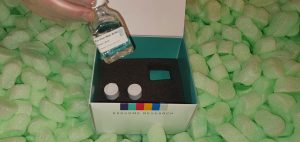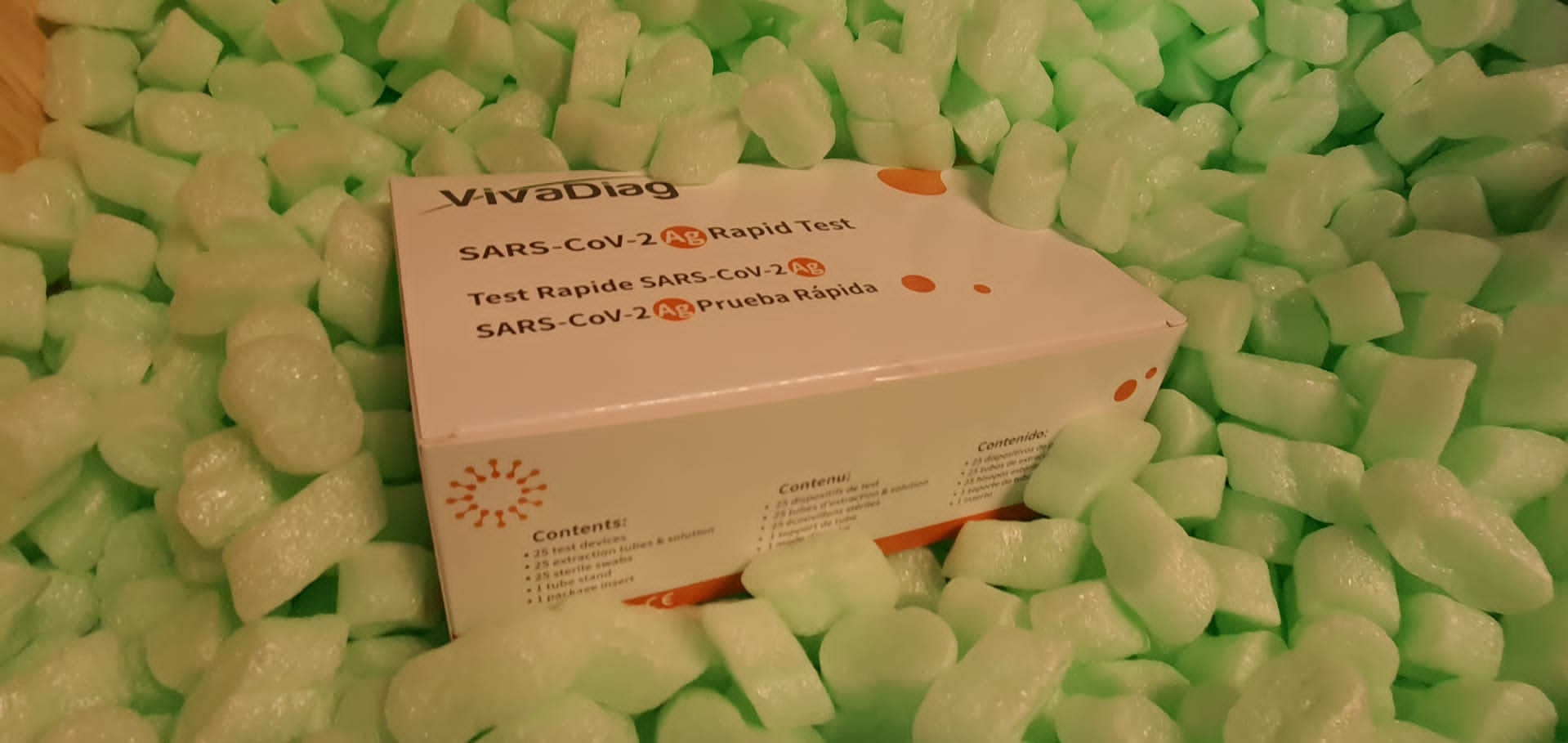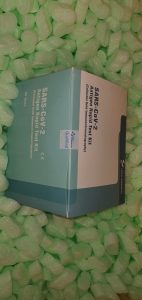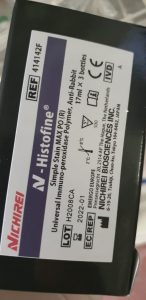The Eurotiales is a comparatively giant order of Ascomycetes with members continuously having constructive and unfavorable affect on human actions. Species inside this order achieve consideration from numerous analysis fields resembling meals, indoor and medical mycology and biotechnology. In this text we give an overview of households and genera current within the Eurotiales and introduce an up to date subgeneric, sectional and series classification for Aspergillus and Penicillium.
Finally, a complete record of accepted species within the Eurotiales is given. The classification of the Eurotiales at household and genus degree is historically based mostly on phenotypic characters, and this classification has since been challenged utilizing sequence-based approaches. Here, we re-evaluated the relationships between households and genera of the Eurotiales utilizing a nine-gene sequence dataset. Based on this evaluation, the brand new household Penicillaginaceae is launched and 4 identified households are accepted: Aspergillaceae, Elaphomycetaceae, Thermoascaceae and Trichocomaceae. The Eurotiales contains 28 genera: 15 genera are accommodated within the and one within the Penicillaginaceae (Penicillago).
The classification of the Elaphomycetaceae was not half of this examine, however in line with literature two genera are current on this household (Elaphomyces and Pseudotulostoma). The use of an infrageneric classification system has an extended custom in Aspergillus and Penicillium. Most latest taxonomic research targeted on the sectional degree, leading to a well-established sectional classification in these genera. In distinction, a series classification in Aspergillus and Penicillium is usually outdated or missing, however remains to be related, e.g., the allocation of a species to a series may be extremely predictive in what practical characters the species may need and is perhaps helpful when utilizing a phenotype-based identification.
The majority of the series in Aspergillus and Penicillium are invalidly described and right here we introduce a brand new series classification. Using a phylogenetic method, usually supported by phenotypic, physiologic and/or extrolite knowledge, Aspergillus is subdivided in six subgenera, 27 sections (5 new) and 75 series (73 new, one new mixture), and Penicillium in two subgenera, 32 sections (seven new) and 89 series (57 new, six new mixtures). Correct identification of species belonging to the Eurotiales is tough, however essential, because the species identify is the linking pin to info.
Lists of accepted species are a useful help for analysisers to acquire an accurate identification utilizing the present taxonomic schemes. In the newest record from 2014, 339 Aspergillus, 354 Penicillium and 88 Talaromyces species have been accepted. These numbers elevated considerably, and the present record contains 446 Aspergillus (32 % enhance), 483 Penicillium (36 % enhance) and 171 Talaromyces (94 % enhance) species, displaying the big variety and excessive curiosity in these genera. The record contains 1 187 species, distributed over 27 genera, and incorporates MycoBank numbers, assortment numbers of kind and ex-type cultures, subgenus, part and series classification knowledge, info on the mode of replica, and GenBank accession numbers of ITS, beta-tubulin (BenA), calmodulin (CaM) and RNA polymerase II second largest subunit (RPB2) gene sequences.

Quantification of Colletotrichum fioriniae in orchards and deciduous forests signifies it’s primarily a leaf endophyte
Colletotrichum fioriniae of the C. acutatum species complicated is a crucial hemi-biotrophic pathogen of greens and fruits in temperate areas world-wide. In apple, it’s one of the first species accountable for bitter rot illness. Understanding the illness cycle is sophisticated as a result of many broadleaf crops may be hosts of C. fioriniae. By detecting and quantifying rain-splashed C. acutatum species complicated conidia in over 500 samples from closely bitter-rot-infected apple orchards and close by forested woodlots over two summers we present that conidial portions have been greater within the woodlots than within the orchards. We expanded this record with all genera and species belonging to the Eurotiales (besides these belonging to Elaphomycetaceae).
Testing of over 1,000 floor disinfected leaves of apple and 24 totally different forest plant species confirmed that general C. fioriniae was an considerable leaf endophyte, with excessive variation in leaf colonization space. Endophytic isolates from leaves have been pathogenic on apples, and multi-locus sequence evaluation confirmed 100% identification between most isolates from leaves and diseased fruits. Apple leaves endophytically contaminated with C. fioriniae have been current in a conventionally managed orchard and considerable in an untreated orchard. These traces of proof, within the context of beforehand printed analysis, lead us to hypothesize that the primary ecological function of C. fioriniae is that of a leaf endophyte, which we current as a generalized C. fioriniae an infection cycle that gives an up to date framework for its built-in administration in agricultural programs.
The non-C. albicans species recognized most continuously have been Candida parapsilosis sensu stricto, Candida tropicalis, and Candida glabrata. The prevalence of fluconazole and voriconazole resistance within the C. parapsilosis sensu stricto inhabitants was <3%, however C. tropicalis exhibited decreased susceptibility to fluconazole (42, 57.5%) and voriconazole (31, 42.5%), and 22 (30.1%) C. tropicalis isolates exhibited wild-type minimal inhibitory concentrations (MICs) to posaconazole. Furthermore, fluconazole and voriconazole cross-resistance prevalence in C. tropicalis was 19 (26.1%). The general prevalence of fluconazole resistance within the C. glabrata inhabitants was 14 (26.9%), and prevalence of isolates exhibiting voriconazole non-wild-type MICs was 33 (63.5%).
High-level echinocandin resistance was primarily noticed in C. glabrata, and the prevalence charges of isolate resistance to anidulafungin, micafungin, and caspofungin have been 5 (9.6%), 5 (9.6%), and 4 (7.7%), respectively. Moreover, one C. glabrata isolate confirmed multidrug immune to azoles, echinocandins, and flucytosine. Overall, the 10-year surveillance examine confirmed the growing prevalence of non-C. albicans species over time; the emergence of azole resistance in C. tropicalis and multidrug resistance in C. glabrata through the years bolstered the necessity for epidemiological surveillance and monitoring.







